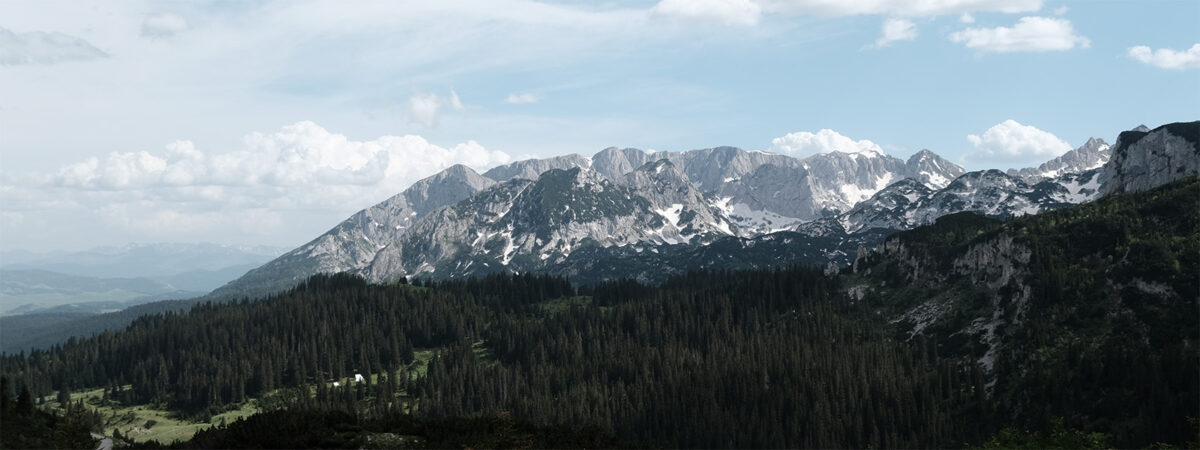

16
# Days

1560
# Kilo-
meters
meters

21480
# Altitude
Difference
Difference

1
# Bike
Defects
Defects

14
# Night in
the Tent
the Tent

7
# Days without
Shower
Shower

9
# Days with
>50% Sunshine
>50% Sunshine

1.7
# kg
Chocolate
Chocolate
























































